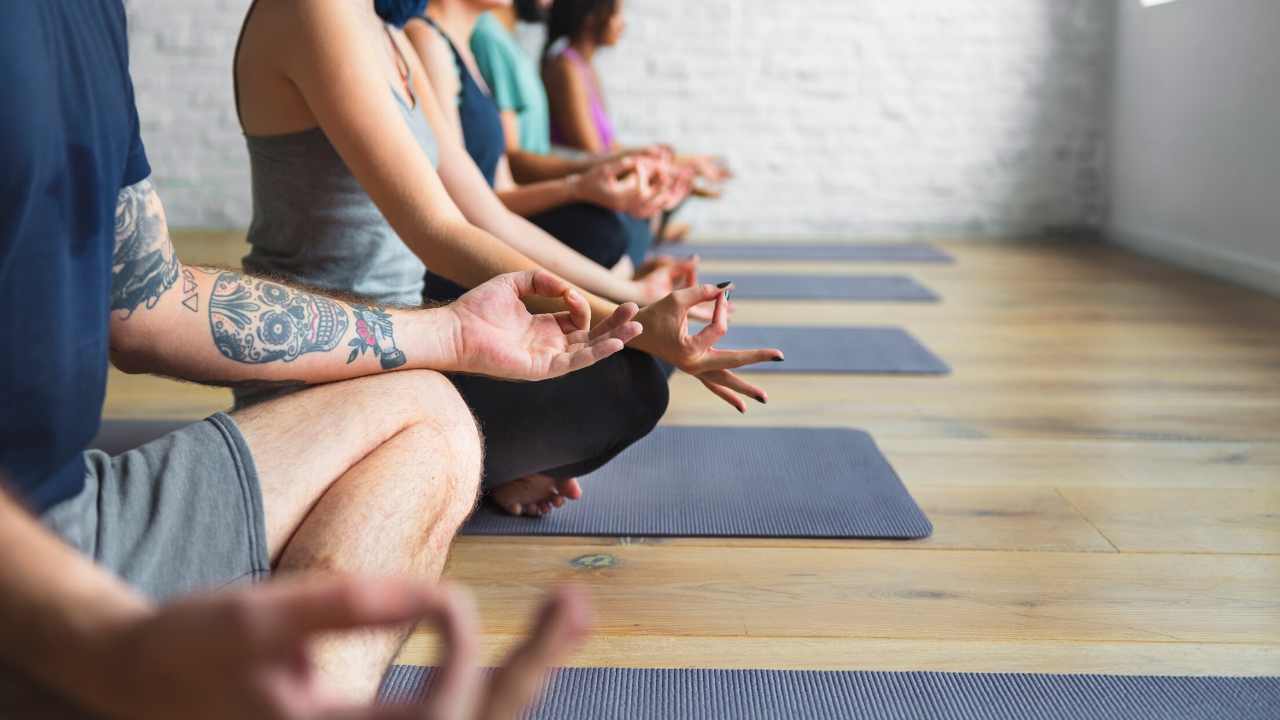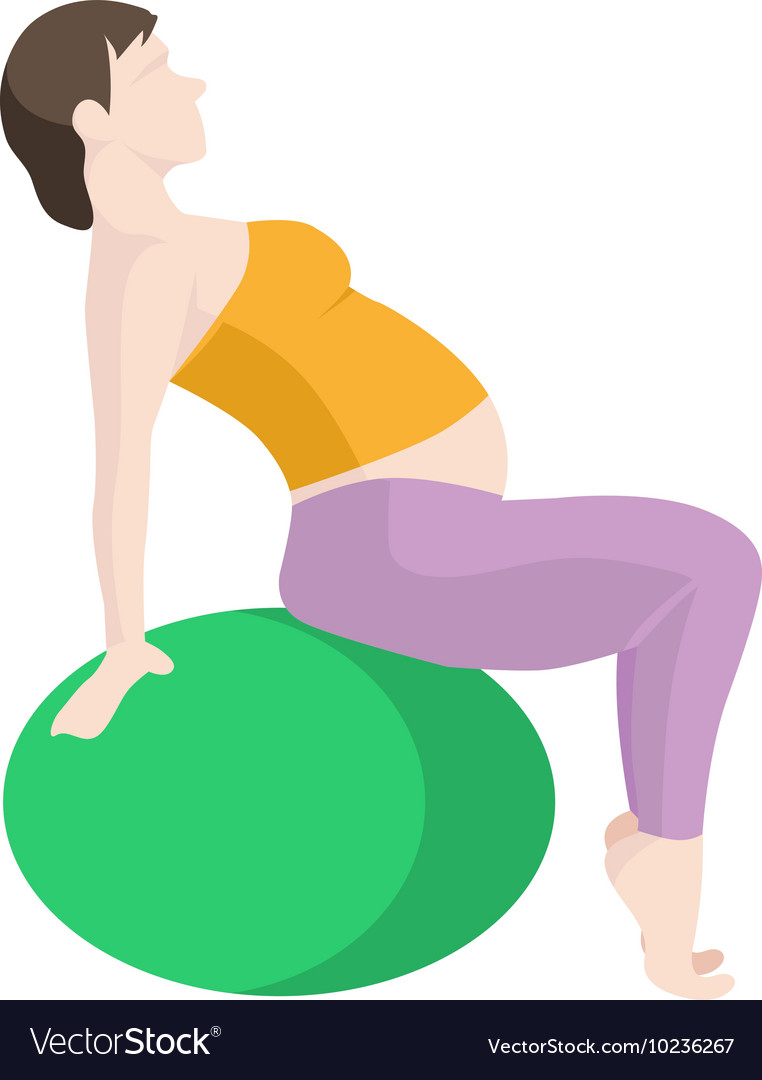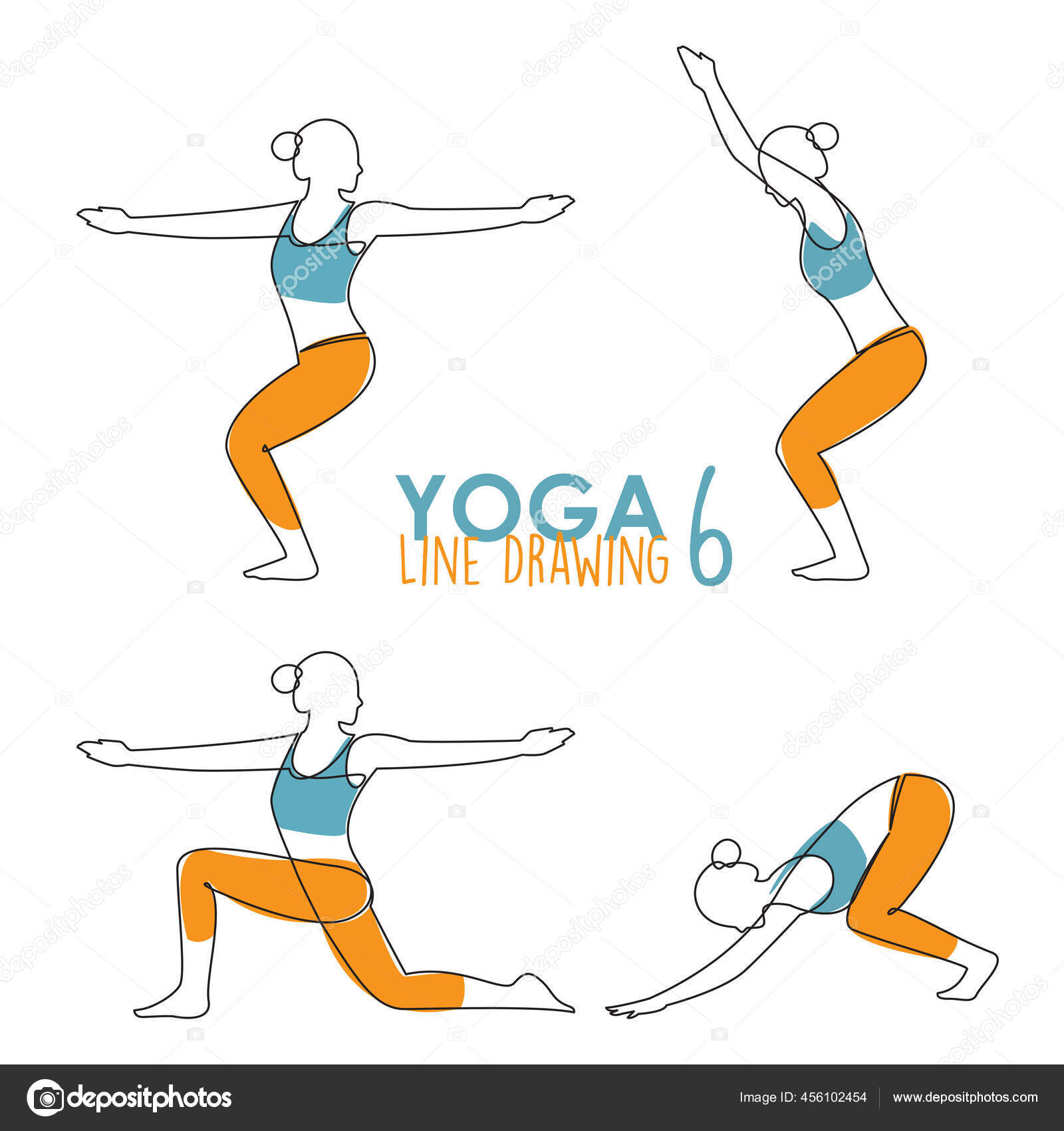
Yoga is a wonderful way to stay fit, or to improve your mind. Regular yoga practice can improve your flexibility, strength, mobility, and overall well-being. It can also help with stress reduction and sleep improvement.
One of the best ways to start off is by learning some of the most basic yoga positions. This will enable you to tailor your practice to your own body and fitness levels. It will also help you to avoid a potential injury, which is a big concern for beginner yogis.
There are many options for learning about yoga. You could either sign up for classes in your local yoga studio, as well as taking a look at the online tutorials. It can be a daunting task to start off, but the results can be rewarding. It is recommended that you practice yoga at least two to three days per week. You should also consult your doctor before beginning a yoga practice.

Although there are plenty of classes out there, it is worth considering doing your yoga at your home. Using yoga mats and props can help you to work within a safe range of motion. You can also check the temperature of your room and move to another location if it is too hot. You might also want to test out the poses.
Not only should you try the basics, but also the more advanced poses. This can include poses like the headstand, shoulderstand, and downward dog. These poses aren't difficult but can be difficult. A qualified teacher can help. While they may not have the training or expertise to handle injuries, they can give you basic advice.
Another yoga pose worth mentioning is the hip opener. This stretch is good for your back, arms and legs. It also helps improve circulation and breathing. You can also spin your yoga mat around without hitting anything. This will improve your self-esteem and help you sleep better.
Another amazing fact about yoga: You don't even need to wear pants to do the hip opener. If you do, you may be surprised at how much more flexible you are after a good stretch.

Lastly, the most important thing to know is that yoga is not a one size fits all. While some poses may be more challenging than others, the key is to find one that you can do comfortably. You can find a good yoga teacher to help you.
Many videos have yoga yogis posing in pretzel-like positions. While it may seem excessive, it's a good idea to try mimicking the movements of the instructors.
FAQ
How long should a Yoga session last?
Yoga sessions generally last 45 minutes to one hour. The type of yoga you do will affect the time taken. 45-60 mins would be sufficient for strength-building exercises. For relaxation and meditation, however, an hour may be needed.
You can also vary the length of your yoga classes depending on which type you are taking. Some focus on quick movements while others stress slow, deep stretches.
What are the benefits of yoga for beginners?
Yoga can improve your posture and flexibility as well as strength, flexibility, breathing control, relaxation, mental clarity, breath control, and muscle strength. It can also help you be more aware of others and the world around.
Yoga teaches you to live fully. You can learn to listen and respect your body and mind. You learn to accept yourself as you are. Learn to let go of tension and stress.
You learn to relax, enjoy and appreciate life.
What are the differences in Hatha, Ashtanga and Vinyasa Yoga, Power Yoga, Kripalu or Bikram? ?
There are many different types of yoga. Each style offers its own way of finding balance in our lives.
These are some of the most well-known forms of yoga:
Hatha: This involves stretching out and focusing on core strength and flexibility.
Ashtanga: This practice focuses on slow-paced movements to build strength and stamina.
Vinyasa is a type of yoga that allows you to deepen your breath through fast-moving sequences.
Power – A form of power-yoga that features more difficult moves.
Kripla - One of the oldest forms and traditions of yoga, Kripla dates back thousands of year.
Bikram: This form of yoga is done in heated rooms.
Do I need to be flexible to practice yoga?
It depends on what kind of yoga you choose. Some styles demand flexibility, while others require strength and flexibility.
Different types of yoga call for different levels and degrees of flexibility. For example, beginners might just need to raise their arms above the head. Intermediate practitioners will need to bend forward and touch the toes. Advanced practitioners may be required to do deep twists and turns.
Can I do yoga at home?
Absolutely! There are many options for practicing yoga at home. For example, videos, DVDs/CDs, CDs, magazines and apps can all be used to practice yoga at your home.
YouTube also offers free online videos for yoga. The best way to learn is with a skilled instructor.
What happens if I stop practicing yoga?
It's common to lose interest in an activity over time. Yoga may cause stiffness in your body if you stop regularly practicing it. Poor posture, lack or aging may all lead to stiffness.
You might consider taking a few more classes if your flexibility becomes less apparent over time. Also, make sure you're keeping up with your daily routine. Exercise helps strengthen your bones and muscles, so ensure you get enough sleep and eat well.
What are some of the best yoga mats available?
There are several types of yoga mats available. You can pick one based on price, size, and endurance.
A good quality mat will be thick enough to protect your floor surface from scratches but thin enough to move quickly.
A cheap mat may not provide adequate support.
Statistics
- Lock in 25% off your Founding Member rate. (corepoweryoga.com)
- Start your Fall off right with 20% off All Access Membership when you sign up by 9/25! (corepoweryoga.com)
- A 2020 review of 27 studies (1,805 total participants) of yoga interventions in children or adolescents found reductions in anxiety or depression in 70 percent of the studies, with more promising results for anxiety. (nccih.nih.gov)
- About one in seven U.S. adults practiced yoga in the past 12 months, according to a 2017 national survey. (nccih.nih.gov)
- According to calorie estimates calculated at Harvard Medical School, the average 125-pound person burns about 120 calories in a half hour of hatha yoga, and a 185-pound person burns about 178 calories in that half hour. (everydayhealth.com)
External Links
How To
Can yoga help with menopause symptoms?
Yoga is an ancient Indian practice that focuses on yoga, meditation, and breathing. It has been used over thousands of year to stay fit. It is becoming increasingly popular as people look for ways to stay fit and healthy in times of stress and illness.
Yoga is about using postures (asanas), in order to stretch muscles and improve flexibility. This helps to reduce tension and build strength.
There are also many different types of yoga, including Ashtanga, Hatha, Vinyasa flow, Bikram, etc. Each type is focused on different aspects of the human body, such relaxation, breath, stretching, or breathing.
All forms of yoga have the same goal: to restore balance within the body as well as the mind. Yoga benefits include better fitness, better sleep quality as well weight loss.
Several studies have shown that yoga may be beneficial for treating conditions such as depression, anxiety, and insomnia. There is not much evidence to support its effectiveness in treating other health conditions, such as those related to menopause.
Yoga helps you feel happier, healthier, and more fulfilled. It also teaches you how relax and manage stress situations. These skills could prove useful when you are going through menopause.
It is important to note that yoga can cause muscle soreness after exercise, so starting at a low-intensity level is wise. You should consult your doctor if there are any concerns regarding your medical condition.